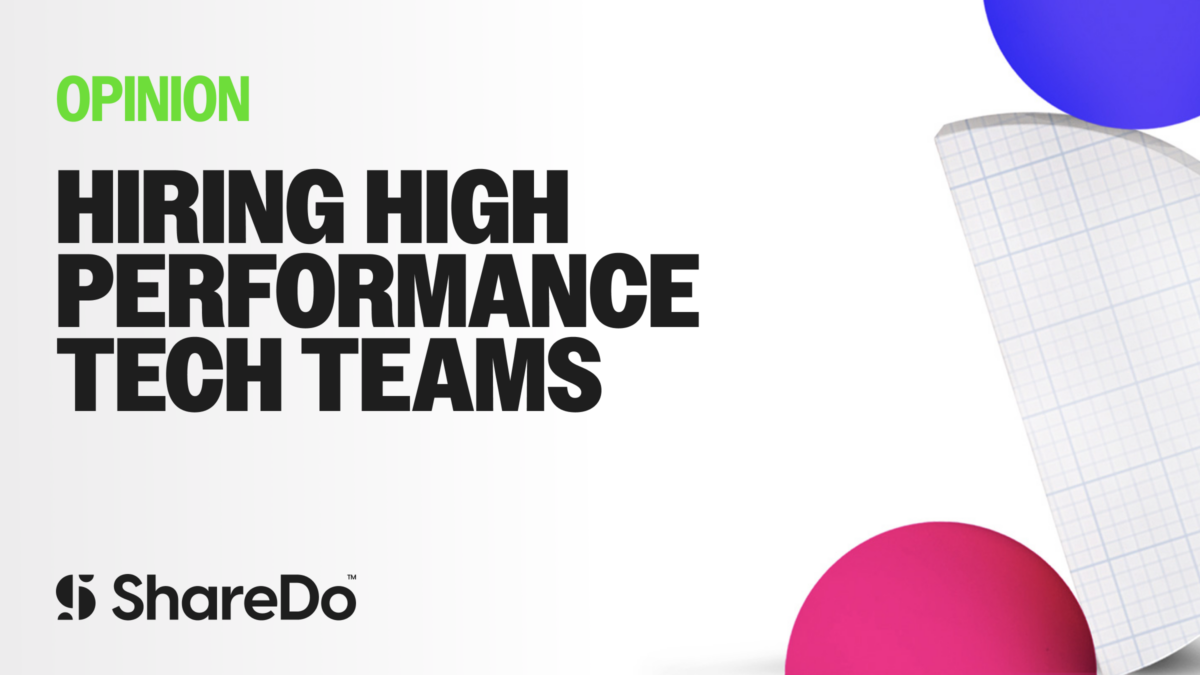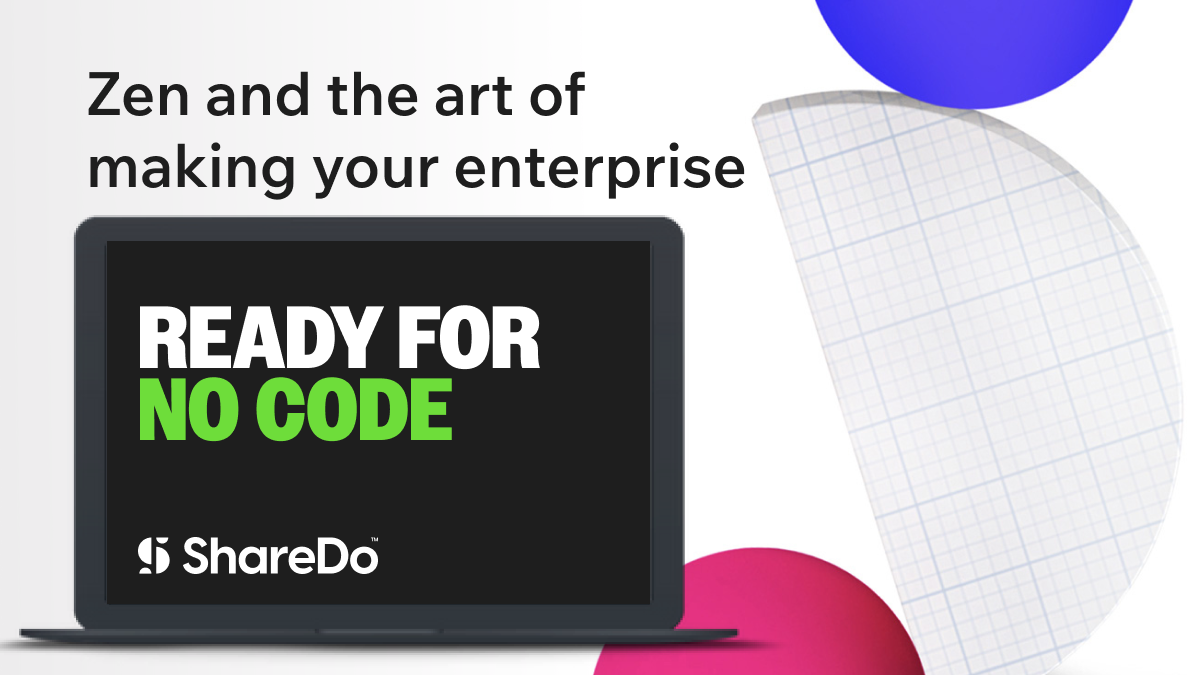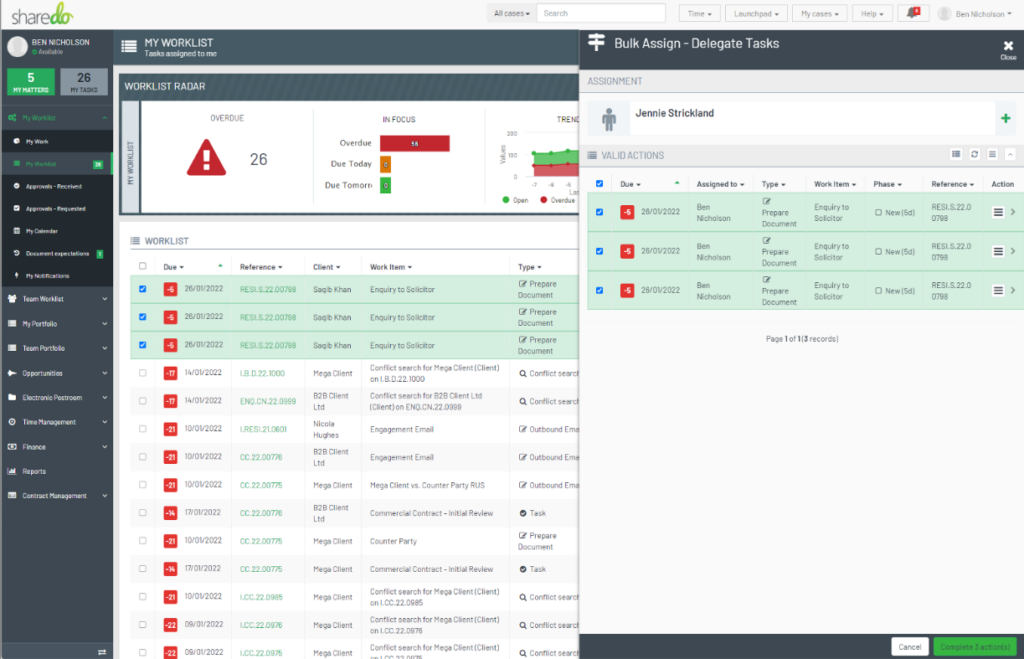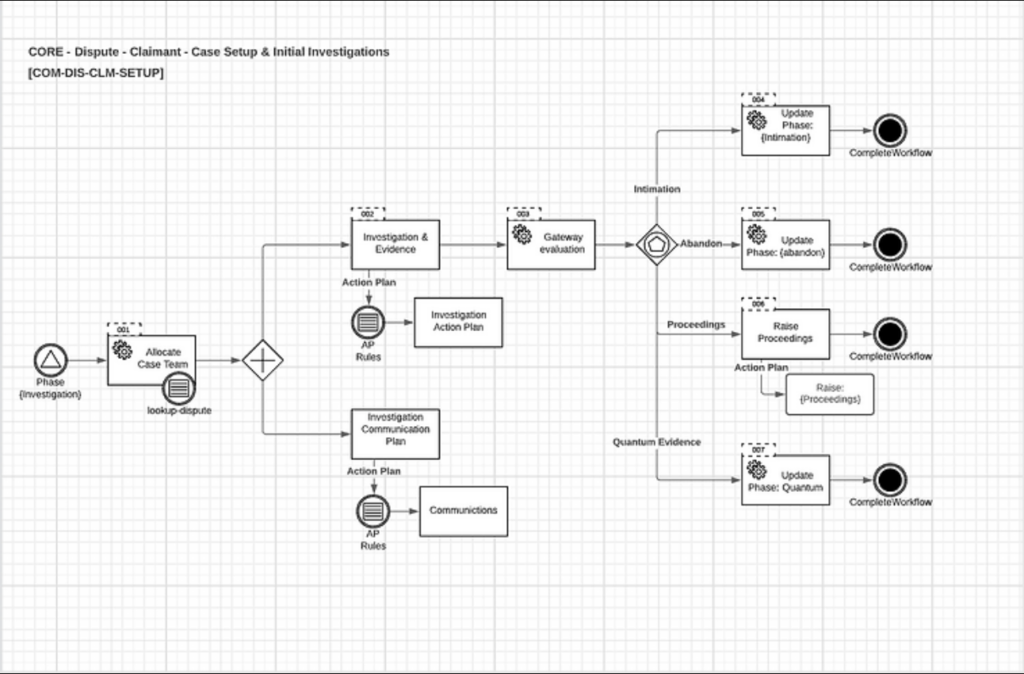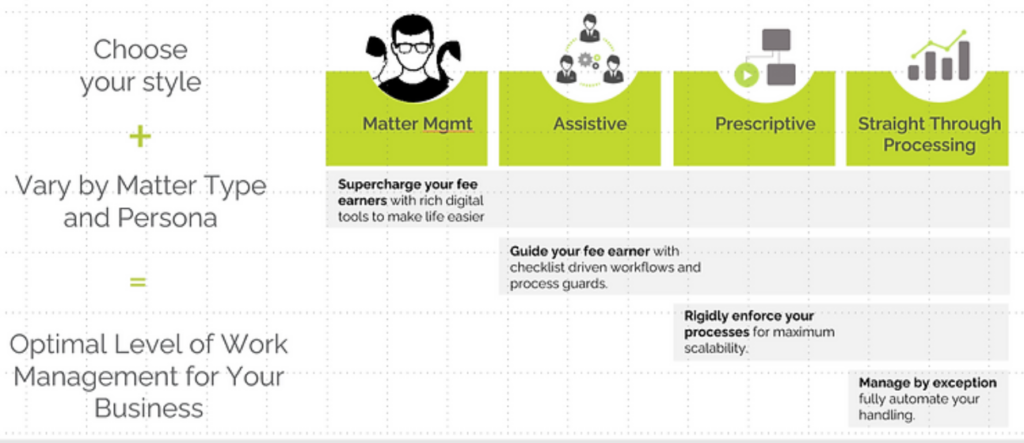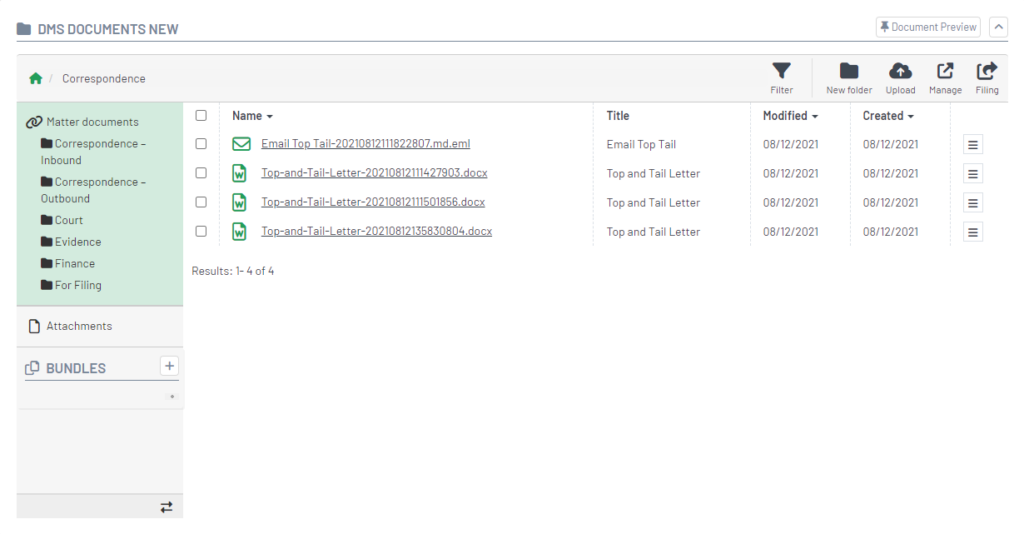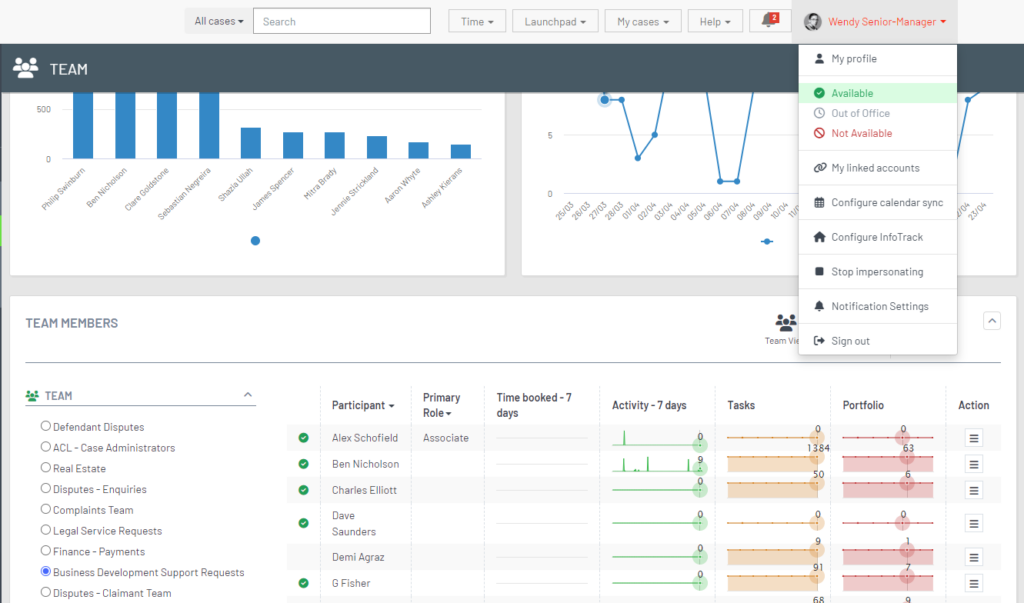Hiring high performance tech teams
![]() Tony Johnson
on
November 14, 2024
Tony Johnson
on
November 14, 2024
You might not agree but hiring is hard.
Hiring technical staff such as product managers, analysts, engineers/developers, QA, or devops is extremely hard, but this is even harder still when hiring, building, and scaling entire teams of technical staff.
Now, I’m not talking about simply finding people to do a job – there are plenty of candidates available to fill jobs, but there’s a distinct difference between hiring people and building an effective team.
It’s very easy to hire a team of 50 if you give no consideration to how that team gels or how effective they are, but it’s an entirely different challenge if you want to build, then scale, efficient teams capable of autonomy, executing on a shared vision, with short times to market, at a high degree of quality.
Without wanting to blow our own proverbial trumpet, I can honestly say that the team at sharedo is world class. After 30 years in the industry, working with hundreds of different clients and teams, ours is the best I’ve ever had the pleasure of working with, and I thought it might be useful to share some insights to why I think that is.
It’s going to be a long one, so if you want the very short version, the key take away is – attitude is the number one thing to consider when hiring. Skills and knowledge are equally important, but it’s the attitudes of the people on the team that births a culture. A culture can enable or inhibit team cohesion, and cohesion is the thing that leads to a high-performance team.
Let’s try and break down the relationship between attitude, culture, cohesion and performance. Why is nurturing a positive culture difficult yet tremendously important, and why this makes hiring a team that can enable the right culture a much more nuanced endeavour than it seems on the surface.
Attitudes define the culture
Every team has a culture that emerges from the people within. That culture can be a positive one, breeding cohesion, or it can be a negative one, killing cohesion and ultimately the performance and smooth operation of the team.
Sadly, culture is not as simple as defining policy. It’s undefinable – an organic, shifting thing that is the outward manifestation of the attitudes of the team, and it’s very easy to down shift from a positive culture towards something less, or even to something toxic.
So, what elements exist within a positive culture and how can we encourage one to emerge?
It sounds simplistic but a positive culture, one allowing cohesion to thrive, will largely be built around safety. To build such a culture of safety requires complimentary attitudes to be present across all members of the team for it to emerge and flourish.
Safety to ask = Eager to educate
Feeling secure enough to be able to ask the seemingly dumb question is of critical importance. There’s a lot of knowledge out there and no-one can be an expert in everything. From processes, procedures, new technology, new business domains and ways of working – the number of things the team needs to understand at any given time is vast and requires a hive mind.
Getting someone up to speed on a technology, a feature, or a business domain requires these dumb questions to be laid out and addressed. Nothing inhibits productivity more than where a team member remains uninformed and guessing because of a fear of asking the question – it drains time and effort and reduces overall morale compared to simply having the question answered.
For there to be safety to ask, there must be an attitude of education within the team members. People who are naturally helpful and willing to answer the questions without judgement or frustration, people who are willing to ask the questions they already know the answer to if they see another team member struggle or be reluctant to ask.
Within the teams at sharedo, we strive to find candidates that possess this quality. We have a collective attitude of “no such thing as a daft question” and everyone is always willing to chip in with the answer.
Safety to suggest = Egoless humility
If you’ve worked in technology for any length of time, you will have encountered the elitists. Huge ego with a white knight syndrome, believing they know all there is to know, and swooping in to save the day. Often, technically gifted, though sometimes Dunning Krueger is in full effect. Regardless the scenario we’ve all seen goes like this.
It’s a design session, we’re talking about ways to optimise an element of the platform and suggestions are starting to flow. The junior developer summons the courage to suggest something, speaks, only for the elitist to shut them down completely and harshly.
There’s nothing wrong with shutting down an idea that won’t work, but it needs to be done with empathy, humility, and again, with an educational attitude. Discuss the option, help the junior understand why their idea won’t work, ideally reaching the conclusion themselves, and they’ll leave the session feeling more knowledgeable than when they went in.
More importantly though, it will reinforce the safety to suggest in future. In the bad scenario, there’s a good chance they won’t ever speak in a design session again, and quite likely will leave the organisation within months.
At sharedo, we again specifically look for this attitude – one of knowledge sharing and education. Those types of people enrich and build up the team rather than tear it down. We could have the most technically brilliant mind on the planet apply to join our team but, if they don’t have this quality, they don’t join the team.
Safety to learn = Willing to learn
Complimentary to the safety to ask, it’s important for the team to be willing and eager to learn new things. No-one likes change, but things move so fast that opinions on best practices from 3 years ago might have better alternatives now. There’s never a “one true way” and the team needs to keep an open mind and be willing to absorb new information.
It’s ok of course to have opinions, it’s ok to debate and defend those opinions when challenged, but they should be opinions, weakly held, always willing to hear and learn from new information.
It’s for this reason that at sharedo, we don’t put huge weight on years of experience. It might be a bitter pill, but 30 years of experience doing the same things is of significantly less value than someone with 5 years of varied experience.
At sharedo, there is a constant exchange of ideas, with regular debates and challenges to the status quo, from all levels in the teams. We strive to hire those with an attitude of humility to accept new learning, and I know for a fact that any time a seasoned/battle hardened member sits down with a comparative newbie, they will walk away having learned something new.
Safety to fail = Empathetic
We’ve not yet made a perfect human unfortunately, we’re not infallible and we get things wrong. The way in which the team, managers, and leadership react to mistakes is critical in keeping an open, honest, high performing team.
Where the reaction to mistakes is one of anger, shouting or repercussions, this does nothing but instil fear, paralyses the response to the issue at hand, and ensures that when someone realises a mistake they’ve made in future, they’ll likely try to hide it, cover it up, or resolve it in secret. That’s not to mention the impact on morale with the team itself.
A team that reacts with support, an attitude of all hands to help, is one where future mistakes aren’t covered up, aren’t hidden away, are volunteered and dealt with quickly without fear of ridicule or repercussions and leads to much greater efficiency when dealing with inevitable problems.
Failure can come in many different guises of course, across all disciplines, but as an example, the reaction from our teams during a critical outage of a service would be to focus on resolving the problem, then working out how we, collectively, can learn from it and improve our processes to gate against it in future.
This requires an attitude of empathy in candidates – a willingness to help, to work together as a team to solve the problem.
This openness results in better handling of future issues, we’ve implemented processes, guards and checks based on learnings from past issues, such as ensuring our code review and QA is as robust as possible, our devops processes are automated to reduce or eliminate human error. The focus on continual improvement rather than blame creates safety to fail. This is not detrimental to performance, it bolsters it by growing the capabilities and efficiencies of the team.
Safety from (office) politics = Respect and candour
Office politics – gossip, finger pointing, blame, withholding information, inter-departmental rivalry, quid pro quo and generally “playing the game” are nothing but toxicity. They provide no value and do nothing but inhibit efficient working and should be avoided at all costs.
To avoid falling into the traps of office politics as the team (and organisation) grows, it’s critical that the team are well practiced in candour and honesty. Through frank, open conversations, the entire team can be clear on accountability, responsibilities, and expectations with no ambiguity.
At sharedo everyone is encouraged to have their say – openly. Disagree with something? Speak up – discuss it, debate it, with empathy and respect for each other. Hopefully everyone ends up on the same page, but if not, having the conversation, understanding each other’s points of view takes the sting out of the disagreement without devolving the team into the murky waters of politics.
From Culture to Cohesion to Performance
So, why is hiring and building a team so hard?
So far, I’ve whiffled on about culture, how it emerges from attitude, and why it’s important in terms of building team cohesion to create a high-performance team.
But why is it hard?
Not only is there high competition for top calibre candidates, hiring well into these disciplines is extremely nuanced. It’s a complex mix of skills evaluation alongside how a candidate will fit in with the culture you want to encourage – remember you don’t have control over culture – it emerges, and that is all driven by the attitudes of your team.
Hiring a QA analyst, we need to consider the candidates skills (of course), but also how will their defining attitudes fit into the above elements of the culture. Hiring an engineer, we need to consider the depth and breadth of their skills and how that overlays with the existing engineers, but equally, will their personality enhance or detract from the culture that creates cohesion.
Similarly, it’s not just about whether an engineer will fit with other engineers or a QA with other QAs – it’s all one product team, working in very close collaboration with each other – it needs to be a skills match and a cultural fit across the entire team.
Too often, to their detriment, a lot of companies focus on hiring a team whilst focussed purely on technical skills.
How we do it.
The goal when recruiting into the sharedo team, which we believe is extremely successful, is to weight team cohesion fit at the same rank as job and skills fit. This approach has served us well over the years to build the team we have today (which we continue to build! we’re always hiring!).
We do this through a typical 3 stage process, but we invest time and energy into hiring to make sure we fully understand a candidate’s technical capabilities and their team cohesion fit.
The honest job ad
Screening the CVs
The CV screening process is pretty much focussed purely on the skills match, but some elements of team fit can also be gained if you know what to look for.
We’re looking of course for keywork matches – taking an engineer role, do they have critical skills of C#, JavaScript, SQL and such, and what have they done with them. This is where we can start to understand the candidate a little bit more before we even speak to them.
Firstly, is there anything on the CV that piques our interest? A good CV will contain things that make us want to start a conversation with them. Statements like “[x] years of [some technology]” and “I built [some system] with [some technology]”, tell the screener that you’ve used [some technology] for a period, but nothing more – there’s nothing there to make us want to ask them more questions.
On the other hand (and without wanting to reveal the cheat code for getting an interview!), a CV that has some permutation of “We had [some problem] that I resolved by building [solution to problem] using [some technology] because [why], which resulted in [outcome]” will usually get to the next stage – it prompts questions and discussions and shows a level of detail that fits with the learning/educating attitudes we’re looking for.
The 30-minute screening call
Once the CV review stage is done, candidates are put through for screening. This is usually a 30-minute teams call and is always with someone holding the equivalent role. An engineer for an engineering role, QA for QA etc.
This is important. Unlike some companies where HR will handle the screening call, hiring into technical focussed roles requires someone in the same role to perform the screening. Someone from HR might be able to establish team fit, but, with all the best will in the world, they simply aren’t qualified to screen candidates’ technical abilities beyond pre-canned questions and check lists.
For this reason, screening is done by someone in the equivalent role.
Whilst we’re looking for indications of team fit and skills proficiency during this call, it’s also an opportunity for a candidate to ask lots of questions about us. Interviews shouldn’t be one sided – it’s a 50/50 decision – it should be the case that the candidate is interviewing us – they should be trying to establish how we fit for them, not just the other way around. When candidates ask us questions, our responses are frank, open and honest – we don’t want to mislead candidates at any stage as the fit, from both sides, must be genuine.
The 2-hour interview
At around 2 hours long, it might seem like quite a grilling, but it’s done in a conversational and friendly way. The goal is to deeply understand and assess the candidates’ relevant skills whilst trying to further reveal and understand attitudes contributing to that all important team
cohesion – both are weighted equally, so, counter intuitively, an absolute genius with a low team fit is unlikely to move forward compared to someone with solid skills and great fit.
Aside from fit, it’s equally important to fully understand the skills of the candidate. Taking an engineering hire for example, on the skills side, we’re trying to establish the candidates T-shape – the breadth of knowledge and which areas have depth and how deep does it go.
The way we approach that, is by going through various areas of tech and discussing it, probing deeper and deeper into the depths of it until either the candidate can’t contribute further to the conversation (saying “I don’t know” here is something we’re actively looking for), or where we (the interviewers) have exhausted our own knowledge.
It involves a lot of conversation around not just the specifics of the technology, but the why – why does it do what it does, why would you use it, what purpose does it serve, which problem does it solve. It’s not so much about memorising syntax or SDKs, as it is about knowing how things work, to have an analytical mind, can think critically, or, where things go really deep, be able to hazard a guess or at least know what to google!
As we cut across these various skills to establish their T-shape, we’re thinking about how their skills profile overlays the existing team – what holes does it fill, what depth does it add, what breadth does it introduce.
This final interview sounds gruelling, but it’s really not – the team culture flows into this too! it’s kept very conversational, we’ve even had candidates tell us it was fun, but importantly, it’s critical to get a deep understanding and a true picture of a candidate’s proficiencies and fit within the team.
For that to happen, the interviewing team need to be sufficiently proficient to be able to drill into the breadth and depth of the T-shape themselves and be willing to spend the time to truly understand the candidate, whilst executing this with empathy for an already nervous candidate.
Conclusions
For us, attitude is of equal importance to skills and knowledge. Attitude is what births culture, culture breeds cohesion and cohesion creates a high performing team.
The subtle differences in process and the extra time we invest in recruitment, from the job ad through to the final detailed interview, are the critical elements for hiring to build a team rather than hiring to fill a role.

